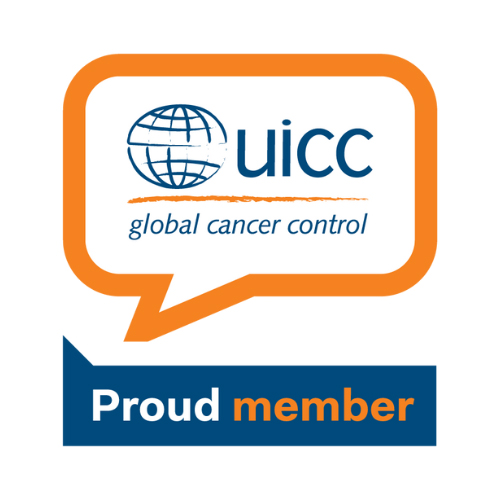Lung Cancer
About Lung Cancer
Hundreds of thousands of people are diagnosed with lung cancer in the U.S. each year. Lung cancer is the leading cause of cancer death in the US, accounting for about 1 in 5 of all cancer deaths. Thankfully, researchers are making great strides in understanding this disease and how to more effectively treat it.
Lung Cancer Key Facts
- In the U.S., an estimated 234,580 people will be diagnosed with lung cancer this year.
- Lung cancer is the second most common cancer in both men and women and is expected to claim 125,070 lives in 2024 in the U.S.
- The two main types of lung cancer are non-small cell lung cancer (NSCLC) and small cell lung cancer (SCLC). About 80% to 85% of lung cancers are NSCLC, and about 14% are SCLC.
- While cigarette smoking is the number one risk factor for both NSCLC and SCLC, almost 20% of lung cancer cases occur in non-smokers.
- The 5-year relative survival rate overall for lung cancer is 25% (8% for SCLC and 30% for NSCLC).
- Only 24% of people with lung cancer will be diagnosed at the earliest stage when the disease is most treatable. The five-year survival for early-stage, localized lung cancer is 63%.
- Currently, a low-dose CT scan is the only proven effective way to screen for lung cancer.
Source: American Cancer Society’s Cancer Facts & Figures 2024

Prevention Tips
- Quit Smoking
- Avoid secondhand smoking
- Avoid radon exposure
- Avoid or limit exposure to cancer-causing agents
- A healthy diet
Resource: Lung Cancer Prevention | How to Prevent Lung Cancer | American Cancer Society
- A cough that does not go away or gets worse
- Coughing up blood or rust-colored sputum (spit or phlegm)
- Chest pain that is often worse with deep breathing, coughing, or laughing
- Hoarseness
- Loss of appetite
- Unexplained weight loss
- Shortness of breath
- Feeling tired or weak
- Infections such as bronchitis and pneumonia that don’t go away or keep coming back
- New onset of wheezing
Source: American Cancer Society
- Smoking
- Secondhand smoking
- Exposure to Radon
- Air Pollution
- Personal or Family history of lung cancer
- Workplace exposure including:
- Asbestos
- Arsenic
- Diesel exhaust
- Some forms of silica and chromium
- Radiation therapy to the chest
- Certain diets can change the risk of getting lung cancer
- Arsenic in drinking water
Resource:
Lung Cancer Risk Factors | Smoking & Lung Cancer | American Cancer Society
What Are the Risk Factors for Lung Cancer? | CDC
NFCR-Supported Researchers Working on Lung Cancer
Wei Zhang, Ph.D.
Wake Forest Baptist Medical Center
Michael B. Sporn, M.D.
Geisel School of Medicine
Daniel D. Von Hoff, M.D., FACP
Translational Genomics Research Institute (TGen)
Aaron N. Hata, M.D., Ph.D.
Harvard Medical School and Massachusetts General Hospital
Jessica J. Lin, M.D.
Harvard Medical School and Massachusetts General Hospital
Daniel A. Haber, M.D., Ph.D.
Massachusetts General Hospital Cancer Center
Susan Band Horwitz, Ph.D.
Albert Einstein College of Medicine
Amos B. Smith III, Ph.D.
University of Pennsylvania
Alice T. Shaw, M.D., Ph.D.
Massachusetts General Hospital

Lung Cancer Awareness Month is recognized in November.
Sign-up to Receive NFCR Emails
Be the first to learn about breakthroughs in cancer research and follow NFCR’s progress on making cures possible!
A world without cancer is possible. Help us turn lab breakthroughs into life-saving realities.

5.7 Million+
Donors who have fueled NFCR’s mission

$420 Million+
Invested in high-impact research & programs

36+ Labs & Hundreds of
Nobel Laureates & Key Scientists received NFCR funding, driving breakthrough research




















